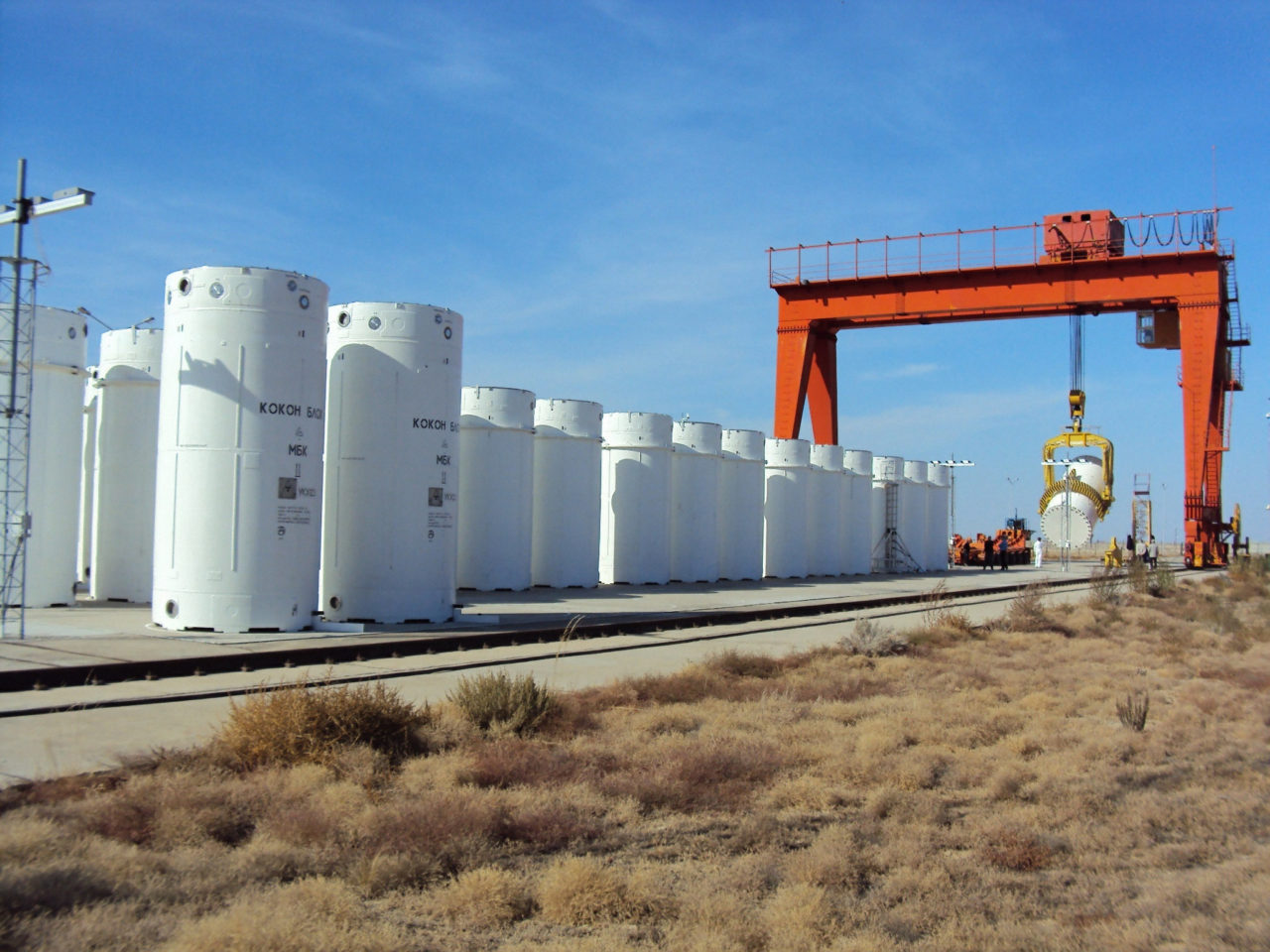
Despite another burst of activity in Congress, it could be years or even decades more before the United States settles on a final strategy for disposal of its growing stockpile of nuclear waste, according to issue watchers.
Lawmakers on Capitol Hill are in 2019…